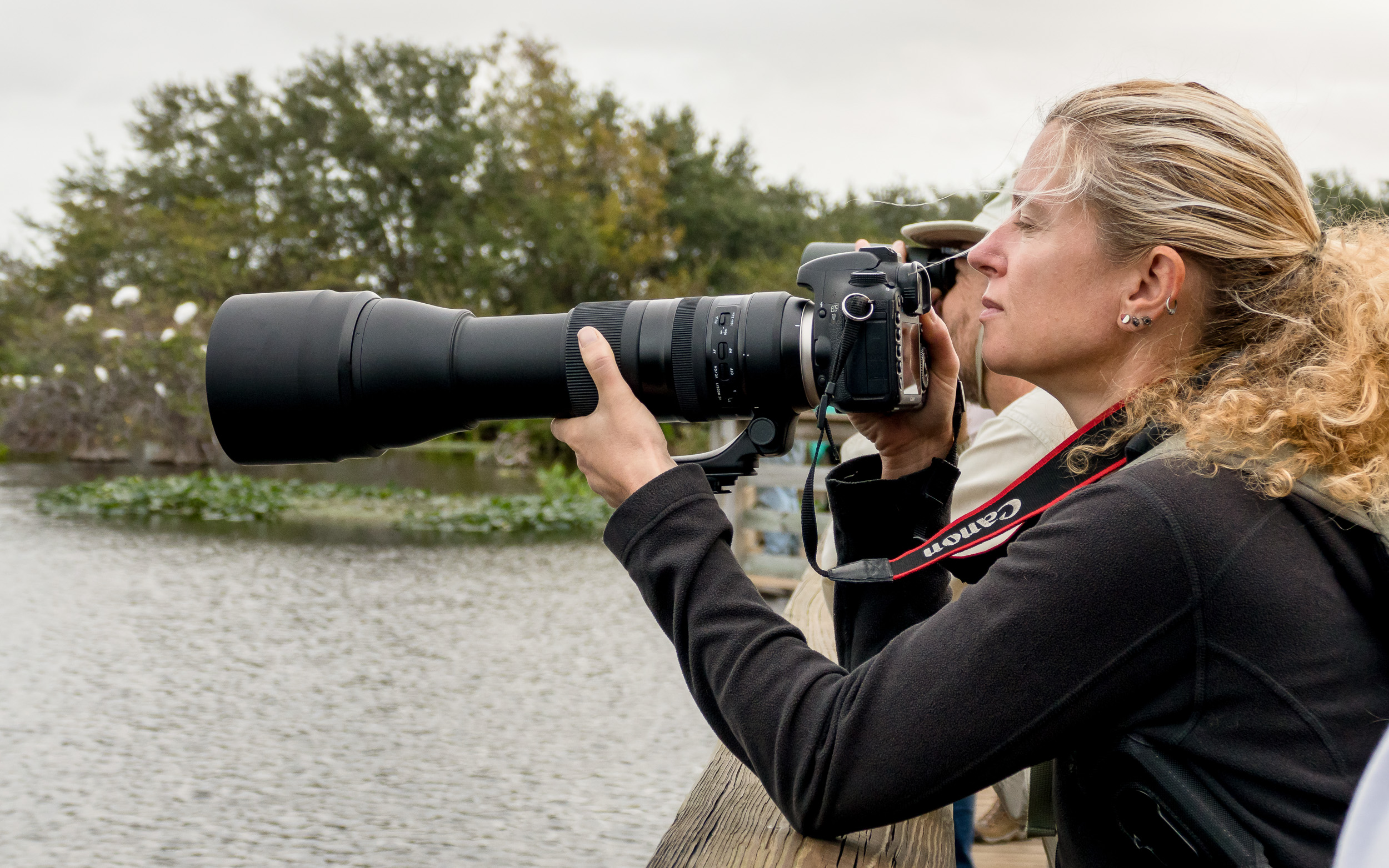I’d gone on a full-day hike, deep into the rainforest beyond the field station in Costa Rica where I was studying strawberry poison dart frogs for my master’s thesis and I’d found a purple caecilian resting on a mossy log. Caecilians are fossorial amphibians that are rarely seen above ground and are severely under-studied as a result. I’d never seen one before and as I enthusiastically described the experience to a fellow graduate student in the cafeteria that night, a senior researcher from the next table leaned over to ask where the specimen was. I had stared at him blankly.
“Do you mean to tell me you didn’t collect it?” the researcher had admonished, “What kind of a scientist are you? So little is known about caecilians! That could’ve been a new species.”
It had never once crossed my mind to capture that magnificent animal, to remove it from its emerald throne. I hadn’t even owned a camera at the time, but I wish I had. Perhaps I’d be both a biologist and a photographer today had I been able to photographically capture the scene that day. Though in reality, I am both a biologist and photographer today. I rely on my biological skills and training to stalk the wildlife I photograph today, to read animal behaviors to capture decisive moments but also to ensure that I don’t disturb. Photography allows me to be part of nature without the need to interfere. I never bait, I don’t even tempt birds with artificial calls. I simply capture undisturbed nature through my lens.




